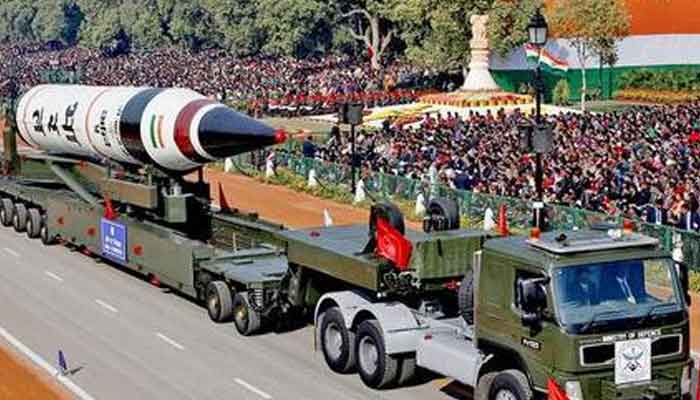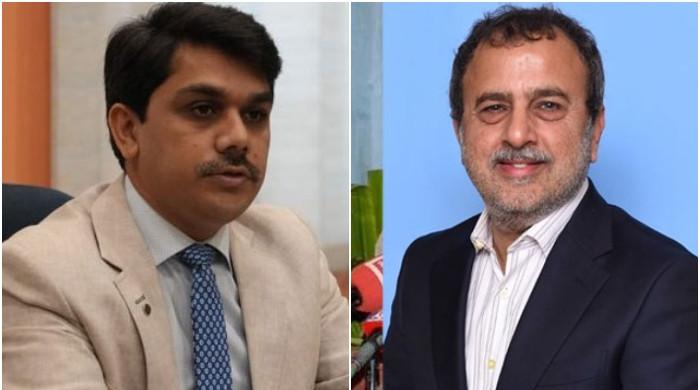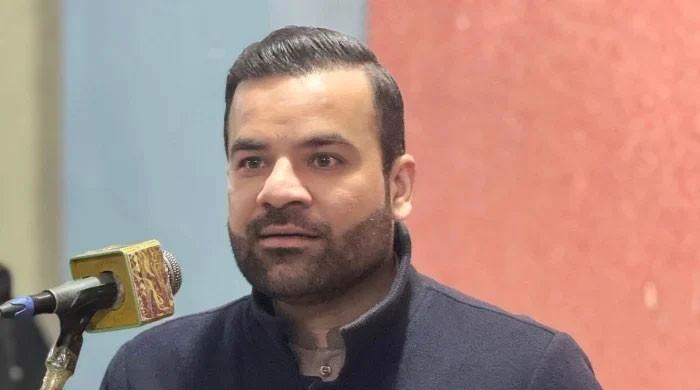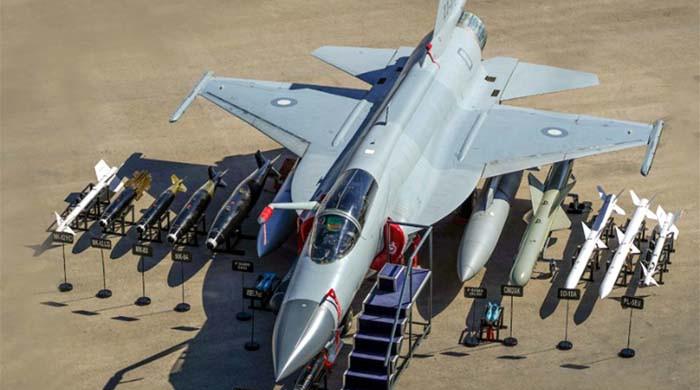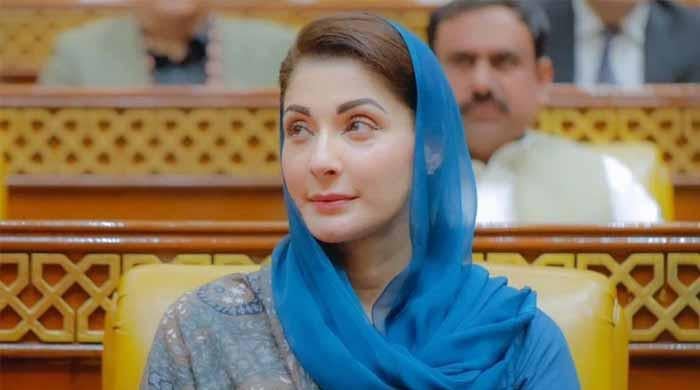A Shattered Myth: India’s Conventional Military Superiority
Indian estimation is rooted deep in the Indian strategic community’s belief that India’s strategic interests lay in its becoming of a dominant player.
India often believes that Pakistan lives under the shadow of its superior military prowess.
Boasting on numerical ascendancy, India looks at Pakistan through the lens of, what I call, ‘perpetuated grandiosity’, i.e., reducing Pakistan and its military capability to an ‘incapacitated flutter’.
This estimation is rooted deep in the Indian strategic community’s belief that India’s strategic interests lay in its becoming of a dominant player.
India is, and always has been, an existential threat to Pakistan as most of its military doctrines and the operational orientation is against Pakistan.
India’s interference – that ranges from politico-military to sub-conventional domains – in the affairs of neighbouring states has turned South Asia into a ‘security-centric region’.
This leaves Pakistan to have legitimate security concerns as India, striding on Kautiliyan creeds, seeks regional hegemony.
India evaluates Pakistan, and now China, as irritants in its route to emerge as an ‘influential power’.
Ziba Moshaver, in Nuclear Weapons Proliferation in the Indian Subcontinent, notes that Nehru believed such a power was attainable through socio-economic development, whereas the succeeding leaders argued for a stronger military that could sustain India’s reckonable position in the strategic milieu.
The later thesis got enduring acceptance and is conspicuously visible in the evolution of Indian military doctrine’s continuum, which ranges from ‘Simultaneity and Deep Thrusts’ to ‘Cold Start’ and from ‘Proactive Operations’ to ‘Two Front War’.
This article argues that India, while pursuing to establish itself as a powerful actor in the region, made two strategic mistakes, which comprehensively turned its conventional military irrelevant to the operational environment.
This also led to unmasking of the myth that Indian conventional superiority would be enough to check-mate Pakistan and significantly influence the course of events.
The first of those two mistakes is the overt nuclearization of South Asia when India went nuclear in 1998; the second is the most recent air strike, on 26 February 2019, against contrived ‘terror hideouts’ deep inside Pakistan.
Soon after Nehru’s death, in 1964, deviating from his policies of restraint on use of nuclear technology for destructive purposes, Ziba Moshaver observes, India quickly embraced the idea of developing nuclear weapons.
Violent convergence of Communist and Capitalist ideals in the Indian Ocean and regional rivalries intensified India’s desire for nuclear weapons.
Calling it a ‘peaceful nuclear explosion’, India tested a nuclear device, in 1974, under the direct stewardship of Indira Gandhi.
This invited worldwide condemnation against India, which paved the way for establishment of Nuclear Suppliers Group in 1974.
The detonation forced Pakistan to recalibrate its security choices in the face of a foe treading the path of hegemony and influence.
India had set an irreversible, irreconcilable and irreverent race towards nuclearization of, hitherto, nuclear-free South Asia.
Maintaining restraint, Pakistan’s nuclear program remained covert, uncertain and ambiguous.
But not for long. India went nuclear, again, in 1998 overtly claiming itself to be a ‘nuclear weapons state’. Amit Gupta, in his essay India’s Draft Nuclear Doctrine written for the ‘Round Table’ magazine in 2000, notes that L. K. Advani viewed the nuclear weapons “gave India the ability to engage in hot pursuit of Kashmiri insurgents across the border into Pakistan”.
This provocative stance compelled Pakistan to follow suit, as Hassan Abbas in Pakistan’s Nuclear Bomb: A Story of Defiance, Deterrence and Deviance, argues that Pakistan’s nuclear response was substantially reactive and threat-based.
India kept transforming its military potential from land-based strategic missiles to nuclear triad whilst enlarging its conventional military potential.
Pakistan had to bridge the power gaps across the levels of war and introduced nuclear weapons as per new policy, what is now called the ‘Full Spectrum Deterrence’, to blunt India’s numerically superior conventional military might.
Kargil War, in 1999, erupted between the two recently declared nuclear weapons states.
India’s strategic mistake of 1998 had already set the wheel of nuclearization in the region, which significantly truncated its conventional military’s options to escalate or define the clear notion of victory.
The ensuing stalemate meant that India, with all its military strength, was unable to either prescribe or articulate the course of events in its favour.
Losses were near symmetrical on both sides as a result of violence, but the occurrence led the strategic communities particularly on Indian side to postulate that ‘limited war was possible under the nuclear overhang’.
The postulate, nevertheless, could not stand the test on two occasions: firstly in 2001, post-Indian Parliament Attack and secondly in 2008, post-Mumbai Attack; when India quickly blamed Pakistan for the terrorist incidents though choosing to restrain the use of military.
In order to substantially invalidate this postulate, Pakistan had to figure something new, the result of which was the reported development of low yield nuclear weapons.
These weapons, in view of Gen Kidwai, could deter a powerful conventional military assault that India contemplated under its ‘Pro-Active Operations’ strategy that seeks “massive retaliation” against Pakistan.
Pakistan’s policy of introduction of nuclear weapons across the levels of war, as approved by the National Command Authority in 2013, as Kidwai posits, “reduced the chances of war”.
This means, in simple terms, that with a powerful conventional military, India may sit eyeball to eyeball, without having the will to engage Pakistan militarily.
Encouraged by a completely farce ‘surgical strike’ in 2016, in the aftermath of Uri Attack, India chose to ‘avenge’ the Pulwama Attack of 14 February 2019, through another surgical strike.
This was the second strategic mistake that shattered the myth of India’s conventional military being superior in deciding the course of events.
India claimed to have sent a package of 12 fighter jets that bombed 3 targets deep inside Pakistan, across the LOC.
Resultantly, in view of the Indian official stance, nearly 300 ‘terrorists’ were eliminated. India, despite repeated calls from within India and abroad, egregiously failed to provide even a scant evidence of that purported kill.
Nonetheless, Pakistan Air Force clinically conducted an airstrike in a quid pro quo and additionally brought down 2 Indian fighters.
Capture and return of Wing Cdr Abhinandan is a living evidence of Pakistan’s airstrike that cannot be refuted by India.
Despite a strike by Pakistan, in a broad daylight, within Indian-occupied territory, the Indian conventional military potential failed to create any meaningful disturbance to Pakistan’s deterrence.
Indian military leadership appeared clueless as they groped in the dark, after the Pulwama Attack, to look for options against Pakistan.
India, thriving on ‘proactive reductionism’ that I referred to in my piece published in “The News” on 15 January 2019, coupled with an emotionally charged media went ballistic against Pakistan.
Hastily executed air strike, on 26 February 2019, and arbitrary deployment of naval vessels reflected outlandish operational thinking of the Indian military leadership.
PAF struck back immediately to re-establish the deterrence. While on the Maritime front, one of the Indian Navy ship remained holed up in Oman, for nearly 2 weeks, fearing an interception by Pakistan Navy and Kalvari, Scorpene Class submarine, was humiliated when pushed back before it could be applied against Pakistan.
Indian aircraft carrier along with other major combatants were also tracked throughout and Pakistan Navy even had a clear shot of striking but opted to side with the peace.
With a defence budget of well over US $ 60 billion, the Indian military remains inert to operational challenges, whereas Pakistan with a meagre figure of US $ 9.8 billion has been successful keeping the Indian ‘perpetuated grandiosity’ in check.
India’s supposedly algorithmic application of its numerically loftier conventional military capability remains sketchy and clouded in doubt.
The myth of ‘numerical ascendency influencing the course of events’ is shattered. This necessitates introspection at the India’s end and quintessential need to behave rationally the next time another terror incident occurs inside India.
-
Security forces gun down 30 terrorists in multiple IBOs in KP: ISPR
-
MQM-P calls for new province in Sindh
-
US report validates Pakistan military edge over India: PM
-
Banned TTP poses serious threat to Pakistan security: UNSC panel
-
CM Afridi clarifies remarks on by-poll after ECP requests army deployment
-
Dubai sees 3.2m Pakistani passengers in 2025 as airport sets new milestone
-
Security forces kill 23 Indian proxy terrorists in KP's Kurram
-
Pakistan to construct island to boost oil exploration: report
